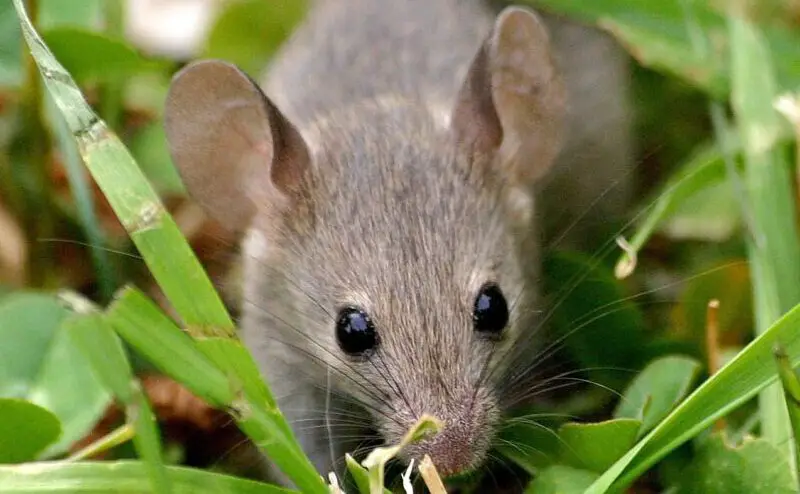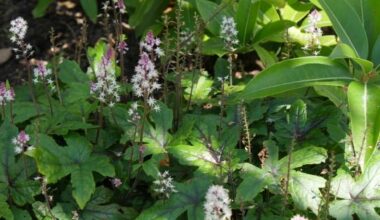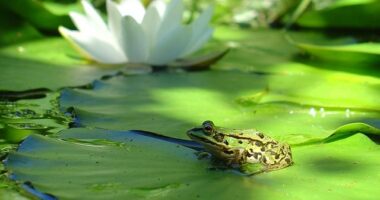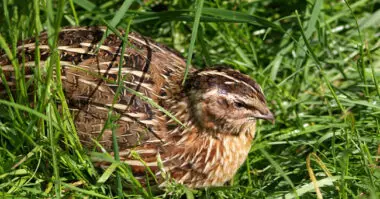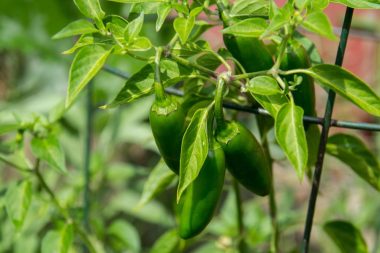Yes, mice eat plants, and in large quantities. Rodents like to eat with the flora that surrounds them and the one you have at home. Just like their cousins the marmots, mice will eat anything that can be eaten.
In an indoor or outdoor garden, mice can nibble on leaves, grasses, weeds, twigs, pieces of bark and even stems.
Contents
Mouse in houseplants
Whenever you have mice digging up houseplants, you have a problem that goes far beyond your indoor greenery. Your first and foremost goal should be to eliminate the mouse by digging and preventing more mice from doing the same. A house cat allowed to roam freely at night is one of the best control methods for mice, but if you don’t have a cat, traps are almost as effective.
While you hunt the mouse, you should also look for its secret passage in your home. Check for small, narrow spaces that lead directly outside, such as where plumbing or ventilation enters the house, large cracks in wall and floor joints, or dark corners of cabinets where a mouse could have chewed through the wall. Fill any holes you find full of steel wool to prevent new mice from entering your home.
The reason your houseplant keeps digging itself out is because the mouse in question is using it to store food, so be sure to cut off that supply as well. If it eats the dog’s food, store the bag in an airtight container and feed the usual meals, removing the leftovers after it has had a chance to eat. Mice that eat human food scraps should be treated the same way – seal your cereal, flour and other easily accessible food away from the rodent’s sticky fingers.
4 trap plants against mice
If it is possible to find a mouse repellent for the house, outside it is also the case. Some plants are repellent, meaning they will scare away insects or pests in your garden. Absinthe, for example, is very effective against aphids. To scare away rats, mice or field mice that nibble on your garden, several plants can be effective:
1. The imperial crown
The imperial crown is a bulbous plant whose onion gives off a very marked odor which displeases rodents. This plant is put in ground in September and can remain in place several years. In spring, the plant develops and offers to you in April a very pretty crown of flowers rising to 22 and perhaps even 34 inches in height.
The imperial wreath is very effective in keeping away the field mice that appear to be the main devourers of tulip bulbs.
2. The mint
Rats and mice hate the smell of mint. We love it; plant feet of mint in the garden to scare away these rodents; potted plants are just as effective indoors. And you can enjoy mint in many natural recipes!
3. Euphorbia against rodents
Euphorbia is a toxic but spectacular ornamental plant. This flower, also called mole grass, keeps away rodents but also moles in gardens. Euphorbia lathiris or garden spurge, also called purge, is preferred.
The euphorbia purge is an annual plant, robust, 1 meter high. The bloom takes place between April and July. It has a milk which is vesicant and which probably irritates the rodents when they cut the root to make their underground galleries.
4. The incarvillea
The incarvillea is a tuberous and perennial plant which one plants in spring. This pretty plant grows in tufts and proposes to you in June-July a floral stem of 24 inches in height.
The incarvillea is put in the ground in a rather particular way. It is necessary to lay down the tuberous roots under 4 inches of ground. Placed at regular intervals every meter, this flowering plant of the family of the bignogniacées will be very effective against the rodents.
Why is it necessary to prevent mice from coming to your home?
Rodents reproduce at an incredible speed. While mice can have up to 8 litters per year, rats can have up to 10 litters per year, and the number of rodents living in your walls can quadruple or even quintuple in one year if no action is taken. Faced with an invasion of such a scale, the soft method has no place. You must invest in extermination solutions or call in professionals.
The mouse may look cute, but underneath its graceful false airs lies a pest feared by humans. An adult mouse can measure up to 4 inches (without its tail, which is as long as its body). Its ears are large and its coat is pale gray or brown depending on the species. Because it is smaller, its presence is less detectable than that of the rat. Generally, mice nest in the walls or narrow, dark areas of a house. And believe it or not, it is present in all dwellings, even the most immaculate.
The best way to stop a mouse invasion is to keep them away in a natural way. To do so, you can simply blur their sense of smell with common household products such as soft drinks. Mice can’t stand the smell of soft drinks. If this doesn’t work, you can use more radical extermination solutions.
Summary
Mice can cause a lot of problems in a garden, especially in a naturally tended vegetable garden (this is the other side of the coin). Indeed, they will have no remorse to eat your much appreciated fruits and vegetables.
When you do without chemicals completely, it is not easy to keep away from field rats, field voles, voles, mice, rabbits…
And it is quite disappointing to see its carrots completely devoured or its potato crop reduced to a miserable skin! We present 4 anti-mouse plants to scare away the mice.
